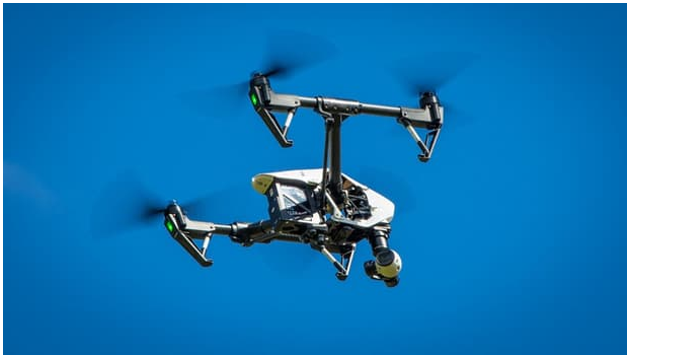Mouse/keyboard hybrid provides fast single-finger typing
A new crowdfunding campaign is looking to change how we interact with our PCs and other smart devices, providing users with an all-in-one solution that combines keyboard and mouse. The peripheral, known as the Nydeum Sense, lets users trace out letters on a contoured touch surface, while providing a more conventional touch experience on its second side. Central to the new product is what the company calls “digital alphabet.” One side of the small peripheral is dedicated to typing, with segmented touch section that users trace different shapes over to…
Read More







